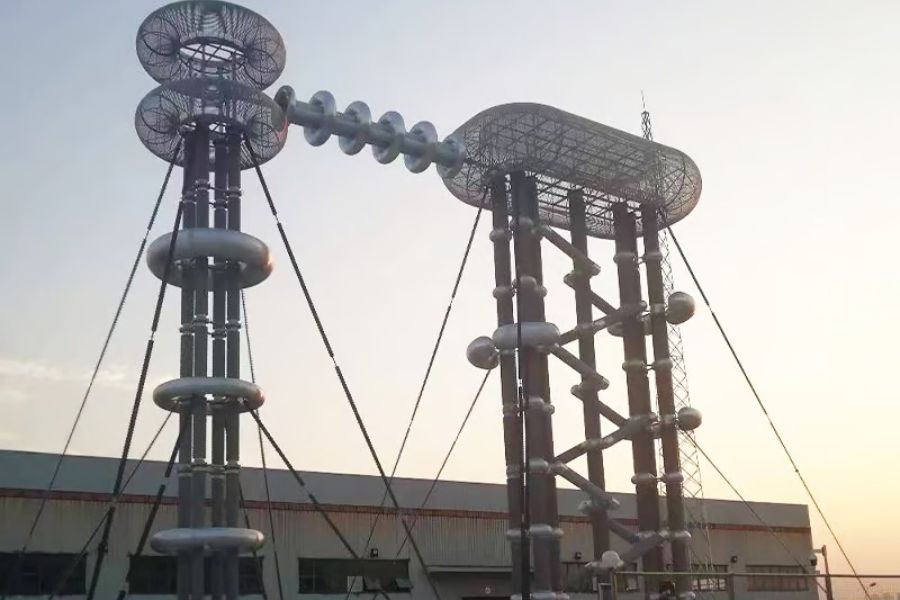Introduction to HV DC Voltage
High Voltage Direct Current (HV DC) systems are crucial components in modern power transmission networks for efficient long-distance electricity transmission. But what exactly is the voltage of HV DC?
Definition of HV DC Voltage
HV DC voltage refers to the electric potential difference between the positive and negative poles of a Direct Current (DC) power transmission system. It is measured in volts (V) and plays a vital role in determining the efficiency and reliability of electricity transport over long distances.
Typical Voltage Levels of HV DC
HV DC systems typically operate at voltages ranging from 100 kV (kilovolts) to over 1 MV (megavolt). The high voltage levels are necessary to minimize power losses during transmission and ensure the smooth flow of electricity over extensive distances.
Benefits of High Voltage in HV DC Systems
The use of high voltage in HV DC systems offers several advantages, including reduced energy losses, increased transmission efficiency, and the ability to transmit electricity over thousands of kilometers without significant drops in voltage.
Challenges of High Voltage in HV DC Systems
While high voltage is beneficial for long-distance power transmission, it also presents challenges such as insulation requirements, voltage regulation, and the need for specialized equipment to handle the elevated voltage levels safely and effectively.
Importance of Voltage Control in HV DC Systems
Maintaining precise control over the voltage levels in HV DC systems is essential for ensuring grid stability, preventing overvoltage conditions, and optimizing the efficiency of electricity transmission. Voltage control mechanisms are implemented to regulate and stabilize the voltage within permissible limits.
Factors Influencing HV DC Voltage Levels
The voltage levels of HV DC systems are influenced by various factors, including the distance of power transmission, the capacity of the transmission line, the type of insulation used, and the design of the power converters. Each of these factors plays a significant role in determining the optimal voltage for efficient electricity transport.
Future Trends in HV DC Voltage Technology
Advancements in HV DC technology are constantly evolving to address the growing demand for efficient and sustainable power transmission solutions. Future trends in HV DC voltage technology may focus on increasing voltage levels, improving converter efficiency, enhancing grid flexibility, and integrating renewable energy sources.
Applications of HV DC Voltage
HV DC voltage is used in various applications, including long-distance power transmission, interconnection of power grids, offshore wind energy projects, electrification of remote areas, and high-voltage industrial processes. The versatility and reliability of HV DC systems make them indispensable in modern electricity infrastructure.
Conclusion
In conclusion, the voltage of HV DC systems plays a critical role in enabling efficient and reliable electricity transmission over long distances. Understanding the significance of HV DC voltage levels, their benefits, challenges, and future trends is essential for designing, operating, and maintaining high-performance power transmission networks in the evolving energy landscape.
Quote Inquiry
Contact us!

